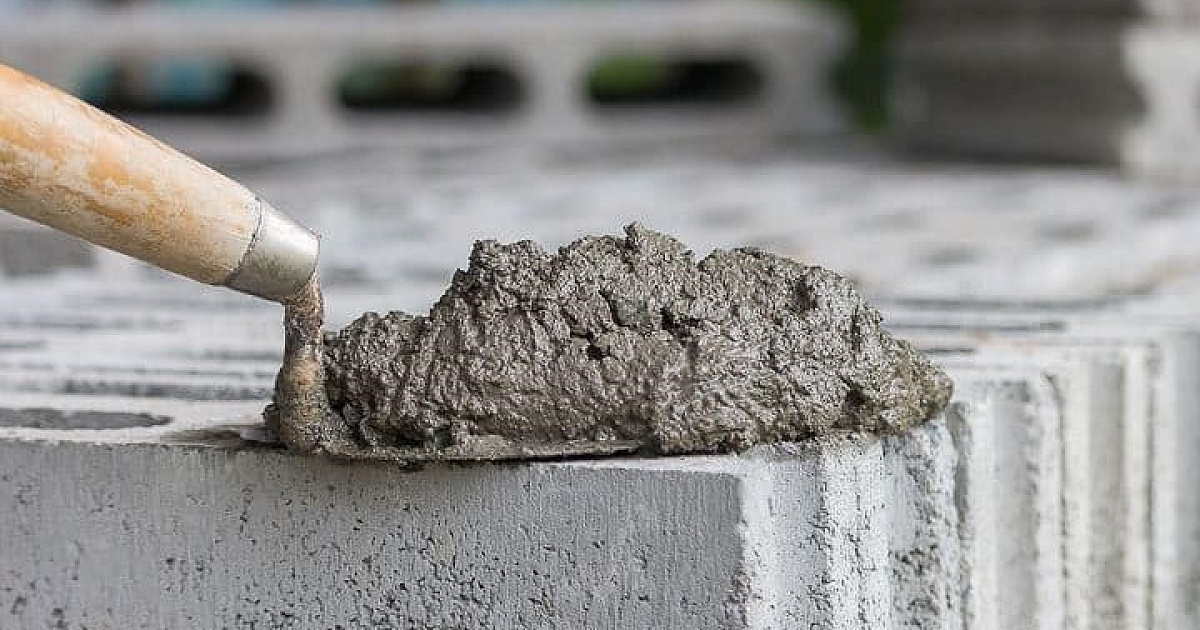Plastic has become an integral part of our daily lives. However, most conventional plastics are derived from petroleum and take hundreds of years to decompose in landfills. This poses a huge threat to our environment. Bioplastics provide a sustainable alternative to tackle the plastic pollution problem. They are plastics derived from renewable biomass sources like vegetables, crops or microorganisms. They can reduce our dependence on fossil fuels and are biodegradable. This article explores the role of bioplastics in revolutionizing the packaging industry and creating a greener future.
What are Bioplastics?
Bioplastics are generally categorized into three main types based on their origin and properties:
– Polylactic Acid or PLA: It is the most common and widely used bioplastic. PLA is made from corn starch, tapioca roots or sugarcane. It is compostable and has properties similar to conventional plastics like polypropylene. PLA is used to make food packaging, bags, drinking cups and 3D printing filaments.
– Biodegradable Polyesters: This includes polyhydroxyalkanoates (PHA) like polyhydroxybutyrate (PHB). They are produced by fermentation of carbohydrate feedstock using bacteria. PHAs have good biodegradable properties and can replace conventional plastics like polyethylene (PE).
– Cellulose-based Bioplastics: Cellulose is the most abundant biopolymer on earth. It is extracted from agriculture residues and wood pulp to produce cellulosic plastics. Cellulose acetate and cellulose nanocrystal-based plastics are gaining popularity.
Bioplastics are further classified as home compostable, industrial compostable and biodegradable. Compostable bioplastics fully decompose within a few months under composting conditions but may take longer in different environments.
Rise of the Bioplastics Industry
The Global Bioplastics Market value was estimated at $5.7 billion in 2019 and is projected to reach $14.5 billion by 2025, growing at a CAGR of 20%. Europe currently dominates the bioplastics market share with Germany, Italy and Spain being the major countries. However, Asia-Pacific region is witnessing fastest growth led by China, India and South-East Asian countries.
There is a growing demand for sustainable packaging solutions across industries like food and beverages, consumer goods, textiles, agriculture and pharmaceuticals. Stringent regulations banning single-use plastics have boosted bioplastics adoption. Many retailers and brands are committing to reduce plastic packaging and opt for compostable alternatives. For example, international coffee chains like Starbucks promote use of PLA cold cups.
Technological advancements are enabling cost reduction and improved material properties. Advancements in bacterial fermentation have improved PHA production efficiencies. Also, developing infrastructure for collection, sorting and large-scale commercial composting is propelling the bioplastics industry. Governments across the world provide funding, incentives and R&D support for bioplastics sector. Overall, rising environmental awareness, policy push and industrial drive are expected to fuel exponential growth of bioplastics market.
Role of Bioplastics in Sustainable Packaging
Bioplastics can play a revolutionary role in transitioning from single-use plastics to sustainable circular packaging solutions:
– Food Packaging: Fresh food items, snacks, ready-to-eat meals commonly use plastic packaging. Biodegradable bioplastic films and bags are ideal replacements. Companies like Novamont have developed home and industrial compostable films for food packaging.
– Shopping & Garbage Bags: Conventional plastic garbage and shopping bags clog landfills and pollute waterbodies. Biodegradable bioplastic bags can address this issue when disposed through composting. Companies offer PLA, PHA and cellulose-based compost bag alternatives.
– 3D Printing Filaments: 3D printing industry has moved from oil-based ABS and PLA filaments to bio-based PLA filaments. They can be recycled or composted at the end-of-life. Manufacturers develop new bio-based materials like PHA and polylactic acid for 3D printing.
– Agricultural Mulch Films: Petroleum-based mulch films used extensively in agriculture are non-biodegradable. Biodegradable bioplastic films made from starch blends, PLA or cellulose are better options that don’t pollute soil after use.
– Construction Materials: Bioplastics can partly replace fossil fuel-based materials in construction. Researchers study potential of PLA and natural fiber reinforced composites as building blocks, insulation boards and roofing membranes.
– Textiles: Biodegradable fibers made from PHAs, polylactic acid or cellulose can revolutionize textile industry. Global brands work towards developing sustainable fabric structures from biodegradable polymers.
Challenges and The Road Ahead
Despite immense potential, bioplastics are yet to take over majority market share due to some challenges:
– Higher Production Costs: Production costs of most bioplastics are two to five times higher than traditional plastics currently. Mass commercialization is needed for costs to compete.
– Infrastructure Development: Systems for separate collection, sorting and commercial-scale composting of bioplastics need universal implementation to enable full circularity.
– Standardization: Biodegradability standards for specific environments and applications need consensus. Tests for biodegradation rates in soil, marine and home composting conditions vary across regions.
– End-of-Life Management: Effective strategies are required for bioplastic waste collection and integrated management with existing waste streams. Public awareness about compostability also needs boosting.
Going forward, advancement of low-cost fermentation technologies, innovation in new material families, significant R&D investments and supportive policy frameworks will pave the way for bioplastics to revolutionize various industry verticals. Sustainability-focused partnerships across value chains will help scale production capacities and tackle infrastructural bottlenecks around collection and processing. With concerted efforts, bioplastics have the potential to eventually become mainstream substitutes to oil-based plastics and drive the transition towards a circular economy.
In conclusion, the constantly increasing plastic pollution highlights the dire need for sustainable solutions. Bioplastics derived from renewables provide an eco-friendly alternative aligned with a nature-positive future.



